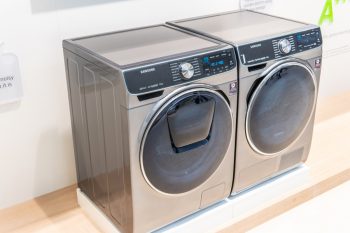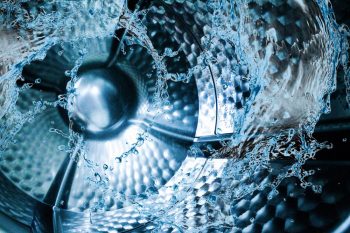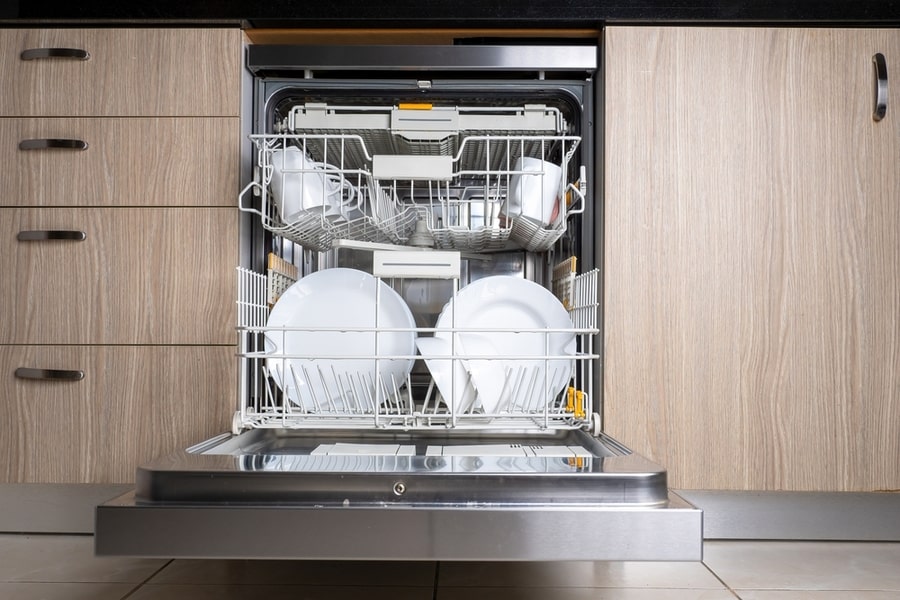
For a hygiene-conscious person, there is nothing more satisfying than a clean home, and that means getting into all those nooks and crannies that do not see the light of day.
One of the spots that often get overlooked is behind the dishwasher. If left unchecked, it is an awkward space that can be a breeding ground for dirt, grime, and even molds.
Therefore, if you are ready to tackle this often-neglected area, here is a complete guide on pulling out a dishwasher and cleaning it.
Do not worry. It is easier than you might think, and you will be rewarded with a cleaner, healthier kitchen in no time.
If you want your kitchen to be clean with no dirty corners, you must clean the area behind the dishwasher. The area behind the dishwasher is a hidden spot that will only get cleaned if you remove the dishwasher first.
You can do so with the following steps.
- Gather all the supplies.
- Disconnect water and power.
- Pull out the dishwasher.
- Clean behind it.
- Please put it back.
- Reconnect power and water.
- Test to verify everything is in place.
You can easily clean the area behind your dishwasher by following a few steps. First, ask a friend to help you with the task if the dishwasher is too heavy.
This article provides detailed step-by-step instructions on how to pull out a dishwasher to clean behind it, along with some helpful tips about maintaining a dishwasher.
Step-by-Step Method of Pulling Out a Dishwasher To Clean Behind It
Cleaning behind the dishwasher is essential to maintaining a clean and healthy kitchen.
Over time, food particles, grease, and other debris can accumulate behind the dishwasher, leading to unpleasant odors and, potentially, even mold growth.
However, you can prevent that from happening with ten easy steps.
Here is what you will need to do:
Step #1: Gather Your Supplies
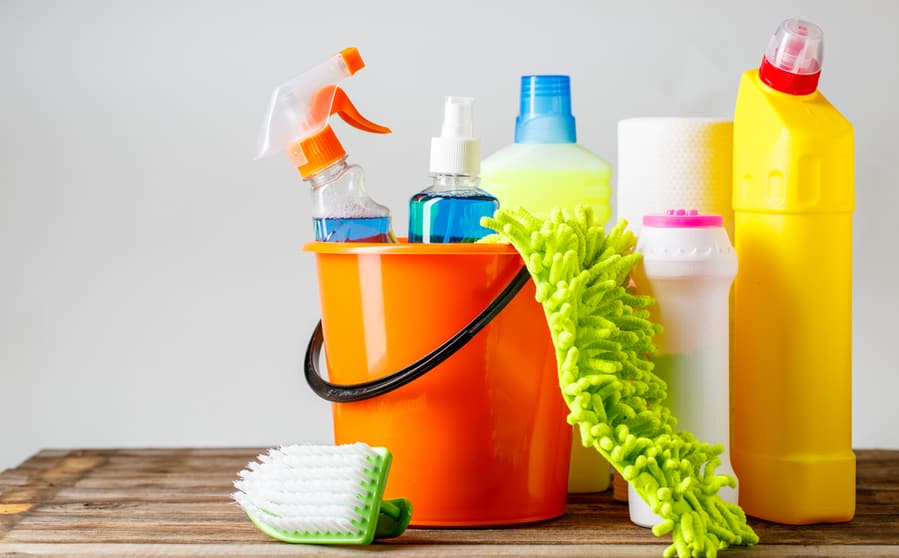
Before you start pulling apart your dishwasher, have all the necessary supplies so you can do the task easily and efficiently.
Here is a list of things you will need:
- A screwdriver.
- An adjustable wrench.
- Some towels or rags.
- A vacuum cleaner with a crevice tool attachment.
- A strong, grease-cutting cleaning solution.
- Sponges or scrubbing brushes.
Once you have gathered all these materials, you can move on to the next step.
Step #2: Turn Off the Power and Water Supply
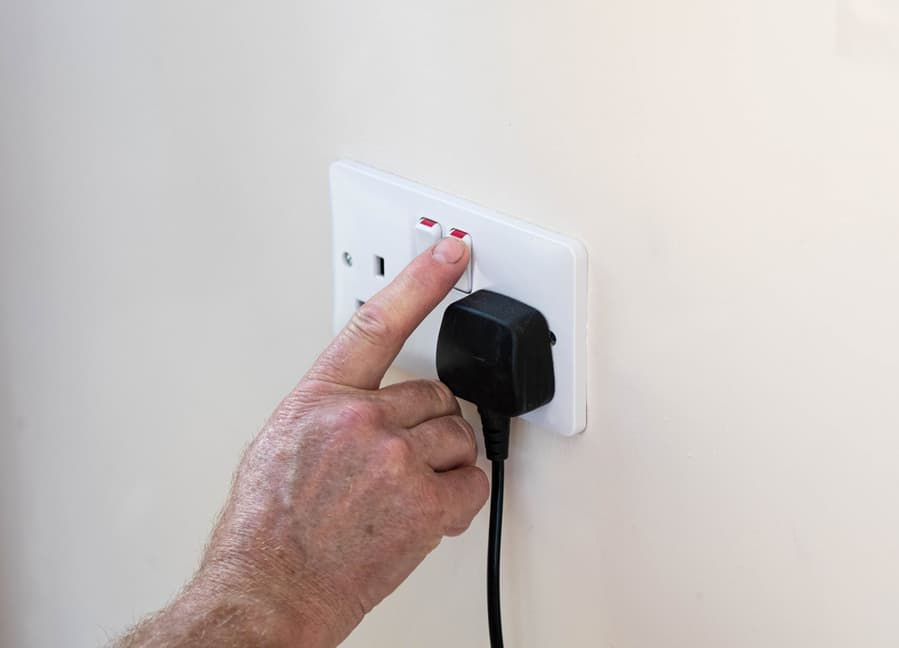
Before moving the dishwasher, turn off the power and water supply. Then, locate the circuit breaker for the dishwasher and turn it off or unplug the appliance from the wall.
Next, turn off the water supply valve underneath the sink. This will prevent any accidents or damage to the appliance or the kitchen.
Step #3: Remove the Bottom Panel

The bottom panel is what supports all the weight of the dishwasher. Therefore, you must be very careful when removing the bottom panel. Locate the bottom panel of the dishwasher.
This is usually held in place with screws or clips. Use a screwdriver or a wrench to remove the panel. Then, set it aside in a safe place.
Step #4: Disconnect Water and Drain Lines
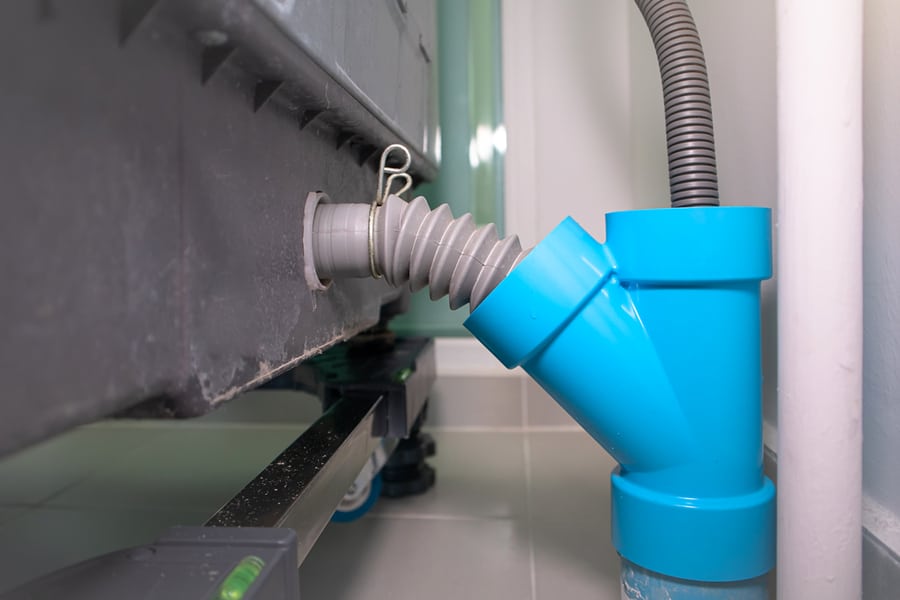
Locate the water supply and drain lines at the back of the dishwasher. Use an adjustable wrench to loosen the connections.
Place towels or rags underneath to catch any water that may spill. Once the connections are loose, carefully pull the lines away from the dishwasher.
Step #5: Unplug Electrical Connections

Find the electrical connections at the back of the dishwasher. These may include a power cord or hardwired connections. If there is a power cord, unplug it from the wall.
If the dishwasher is hard wired, turn off the power supply at the circuit breaker and disconnect the wires. It is a crucial step in the process.
If you fail to disconnect the electrical connections, there is a risk of being electrocuted by power lines while cleaning behind the dishwasher. Be sure to note which wires go where to ensure proper reconnection.
Step #6: Pull Out the Dishwasher

With all connections and lines disconnected, gently pull the dishwasher away from the wall. It may be heavy, so be careful not to damage your flooring or injure yourself.
You may need an extra set of hands, so call a friend or ask a family member to help you with the task. If the dishwasher does not move easily, ensure all connections and lines are fully disconnected.
Step #7: Clean Behind the Dishwasher
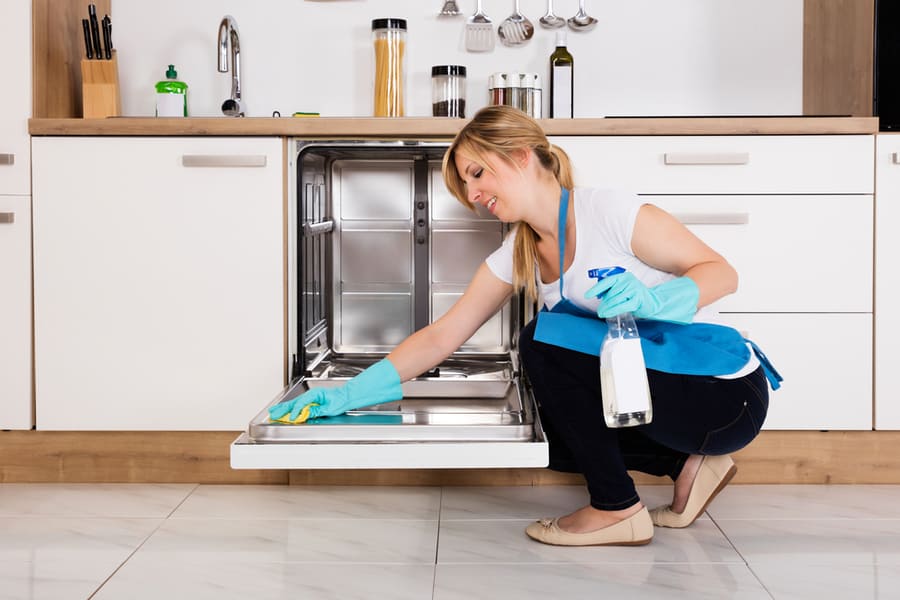
Once the dishwasher is pulled away from the wall, you can clean behind it. First, use a vacuum cleaner with a crevice tool attachment to remove dirt, dust, or debris.
Then, use a cleaning solution and sponge or rag to wipe down the area.
Be sure to pay special attention to the edges and corners where debris can accumulate. If you see any sign of mold or mildew, spray the area with a mold-killing agent and wait a few minutes before you resume cleaning.
Use an abrasive brush to get rid of any tough stains.
Step #8: Reconnect the Lines and Electrical Connections
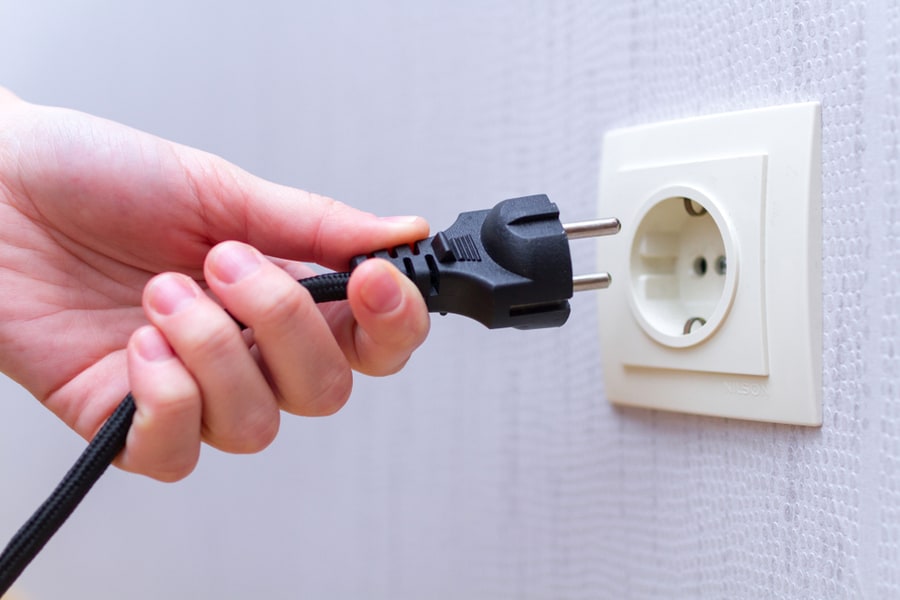
Once the area behind the dishwasher is cleaned, it is time to reconnect the lines and electrical connections. First, plug in the power cord to turn on the circuit breaker if the circuit is hardwired.
Then, reconnect the water supply and drain lines, tightening the connections with an adjustable wrench.
Finally, put the dishwasher back in place and replace the bottom panel of the dishwasher.
Again, you may need help with this task if the dishwasher is too heavy to move. But, again, be extremely careful and try not to injure yourself or the appliance.
Step #9: Turn On the Power and Water Supply

Once all the connections and lines are properly reconnected. Turn on the circuit breaker’s power supply and the sink’s water supply valve.
Run the dishwasher through a washing cycle to ensure everything works correctly.
Step #10: Enjoy the Clean Kitchen

Now that the area behind the dishwasher is cleaned, you may relax. You no longer have to wonder if a spider lives behind it or how much grease or dirt has accumulated behind it.
Enjoy the clean and fresh kitchen without feeling like the corners are still dirty. Then, you can cross ”cleaning behind the dishwasher” off your to-do list.
Enjoy the clean and new dishwasher area till you have to clean it next time.
Tips for Maintaining Your Dishwasher

- Scrape off large food particles from dishes before loading them in the dishwasher to prevent clogging.
- Clean the dishwasher filter regularly to prevent food debris buildup and improve cleaning performance.
- Run hot water in the sink before starting the dishwasher to ensure that the water entering the machine is hot, which improves cleaning.
- Avoid overloading the dishwasher to ensure that dishes are cleaned thoroughly, and the machine is not strained.
- Use a dishwasher cleaner every few months to remove any buildup of soap scum, mineral deposits, and food debris.
- Check the spray arm and ensure it is free from obstructions to ensure proper cleaning.
- Clean the dishwasher door and gasket with a damp cloth to prevent mold growth.
- Use a high-quality detergent and rinse aid to improve cleaning performance and prevent spots on dishes.
- Keep the dishwasher well-ventilated to prevent odors from developing. You can leave the dishwasher open for a few hours twice a week.
- Get the dishwasher serviced by a professional if it is not cleaning effectively, making unusual noises, or showing signs of damage.
Conclusion
If you are a hygiene freak and a homeowner, untidy corners in the kitchen will haunt your dreams.
This is why cleaning behind the dishwasher is important and should be done periodically to maintain a healthy and clean kitchen.
With the right tools and techniques, pulling out the dishwasher can be done safely and effectively.
By following the mentioned ten easy steps, you can ensure that your dishwasher is running smoothly and your kitchen is free of debris and odors.
Frequently Asked Questions
Is a Dishwasher Too Heavy?
An average dishwasher might be too heavy for some people. Therefore, ask a friend to help you remove the dishwasher from its place to avoid getting injured.
Follow all the safety precautions to ensure a safe environment.
What Cleaning Agent Should I Use To Clean Behind the Dishwasher?
There is no specific cleaner for the area behind the dishwasher. However, you may use any good-quality cleaning agent to remove dirt and grime.
If the area behind your dishwasher is extra greasy and sticky, use a string grease-cutting dishwasher or cleaner and scrub using a non-abrasive brush to remove the buildup.
Wear safety gloves while cleaning to prevent skin contact with anything dirty.





